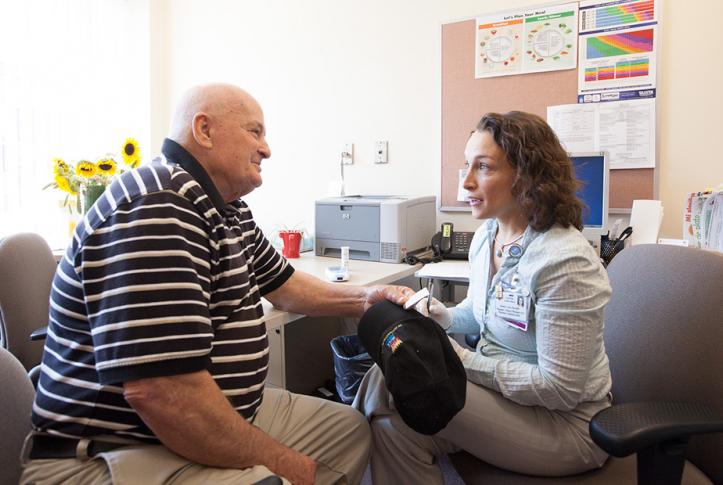Background
Federally qualified health centers (FQHCs) play a critical role in the primary care safety net. Partially supported by federal funding, FQHCs serve nearly 23 million patients, many of whom are uninsured or on Medicaid.
Commonwealth Fund–supported researchers sought to identify key tactics that health centers could use to transform into patient-centered medical homes (PCMHs), given their unique financing, payer mix, and patient population. Adoption of the PCMH model, which focuses on providing coordinated, high-quality care, could improve patients’ experiences and lower total costs by reducing unnecessary hospitalizations and emergency department visits.
What the Study Found
About 700 FQHCs were assigned a PCMH capability score from 0 (worst) to 100 (best), based on their ability to perform key medical home functions, including care management, patient tracking and registry, and quality improvement. FQHCs with higher PCMH scores tended to:
- have electronic health records, which were particularly helpful for care coordination and patient tracking
- receive financial incentives or rewards from payers for achieving high patient satisfaction, clinical care targets, or other goals
- be affiliated with local hospitals, which may provide support for quality improvement and IT
- be located in states that support PCMH development.
Conclusions
Although most FQHCs use electronic health records, clinics require additional support and financial incentives from federal and state agencies, payers, and the community to complete their transformation into high-performing PCMHs. Those that serve a large number of minority patients may require the most assistance, the authors say.
